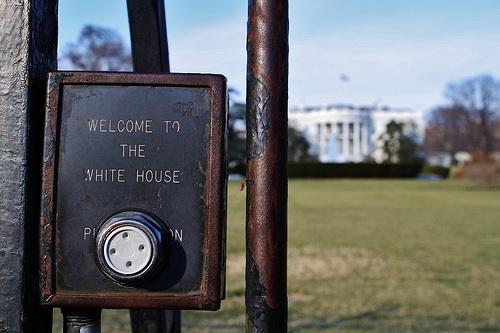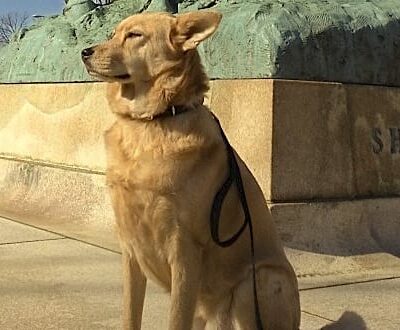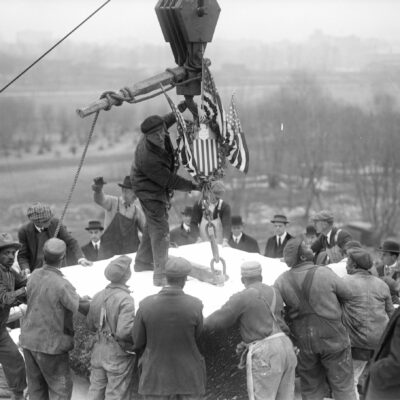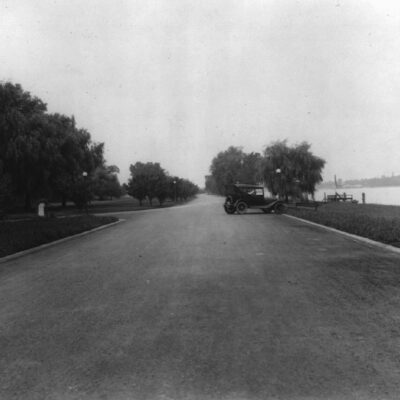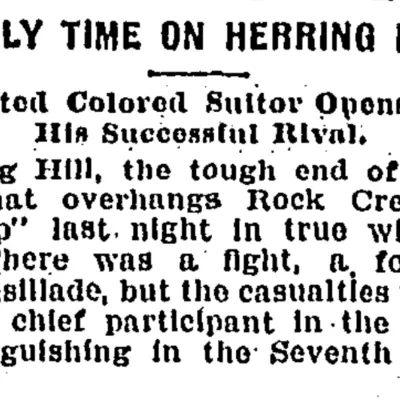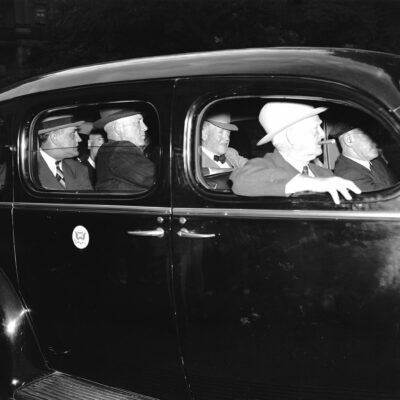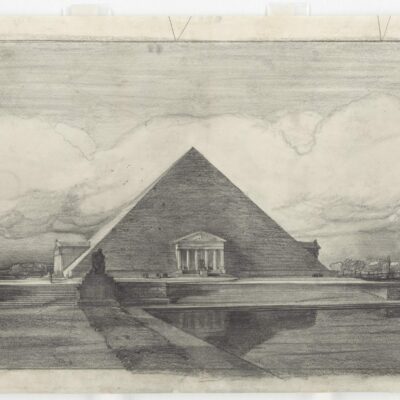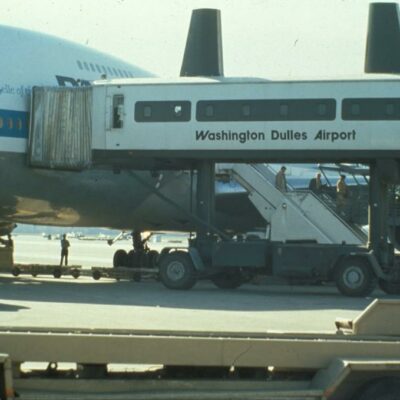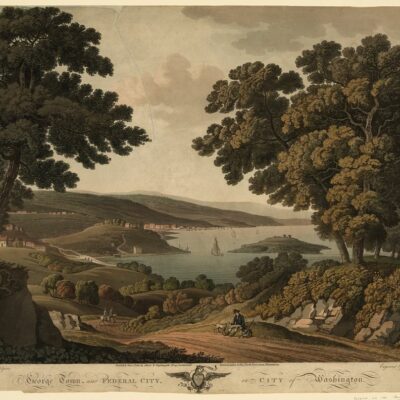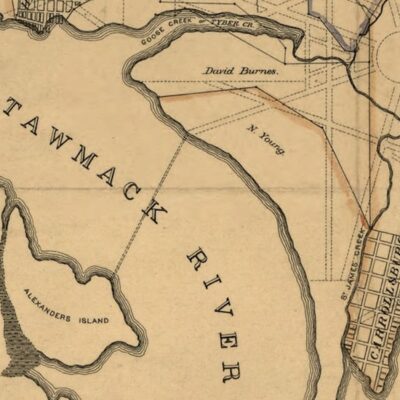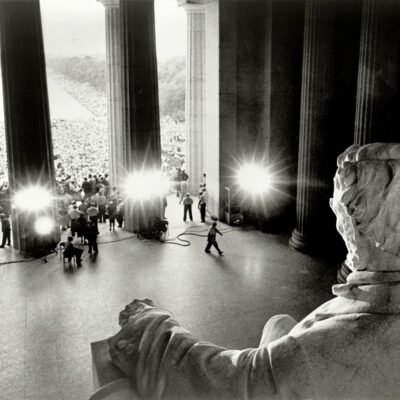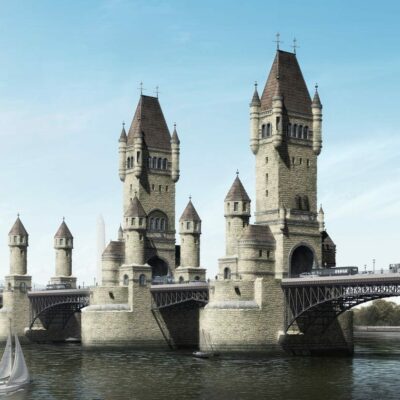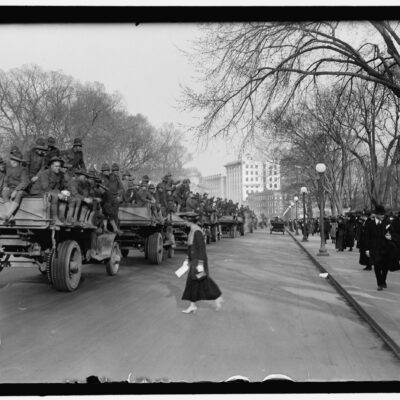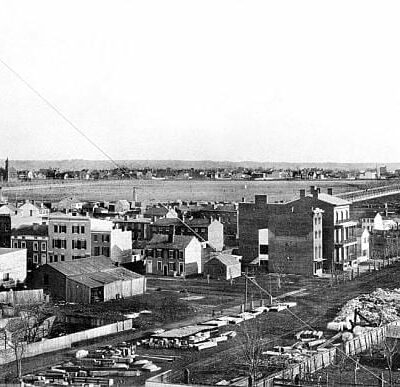This is a guest post by Rick.
The White House website currently carries this message:
On Monday April 9, 2012, the First Family will host the 134th annual White House Easter Egg Roll. This year’s theme is “Let’s Go, Let’s Play, Let’s Move” and more than 35,000 people will be joining us on the South Lawn for games, stories, and, of course, the traditional egg roll on the Lawn.
Those in the crowd can count themselves lucky for having won a prized place in the egg roll and for gaining entry to the White House grounds. Access to the grounds is now strictly controlled, but this was not always the case.
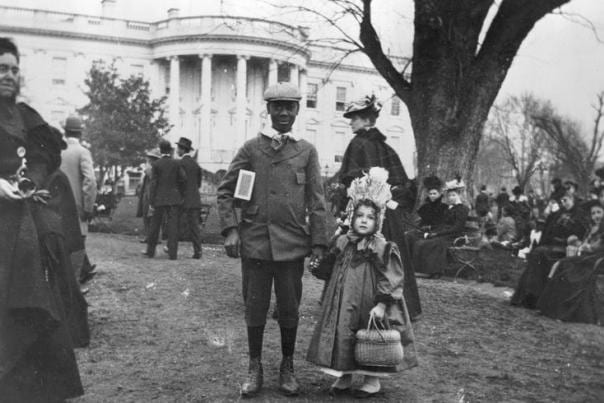
Not until after World War II did free public access to the White House end. And it is only since 1994 that the streets around the buildings were closed to vehicular traffic. Then, in the space of a few months, a small private plane crashed and came to rest against the Mansion, a man fired 29 rounds from a semi-automatic assault rifle into the North Façade, and in December alone four other incidents took place and prompted a complete review of White House security.
But consider that the White House remained unfenced throughout the Civil War and even after the assassination of President Lincoln. Not until the disputed Election of 1876 was the South Lawn enclosed by a fence.
Following September 11, 2001, security precautions expanded substantially, so that today the White House is more akin to official residences of national leaders in other countries. Nevertheless, the photo below suggests that “simpler times” were not all that long ago.
